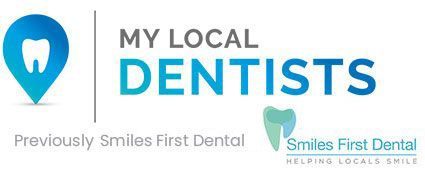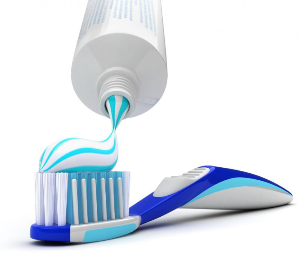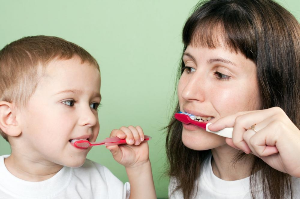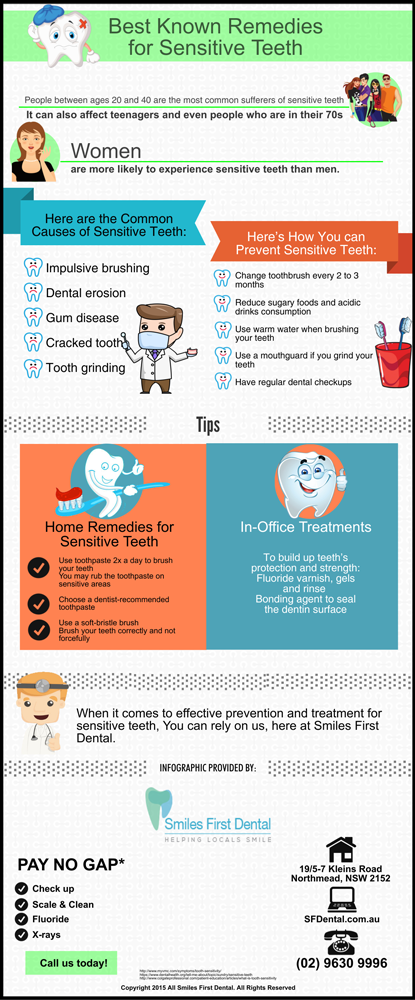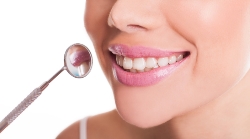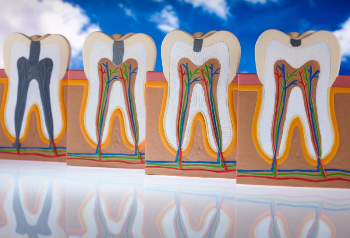 Nothing is more beautiful and comfortable than having a healthy set of teeth. You can smile contentedly, eat the food you want, and speak properly without any issues around your mouth. That’s because your teeth play an important role in your life and can impact your overall health.
Nothing is more beautiful and comfortable than having a healthy set of teeth. You can smile contentedly, eat the food you want, and speak properly without any issues around your mouth. That’s because your teeth play an important role in your life and can impact your overall health.
Teeth help you to bite and chew food so it can be swallowed and digested properly. It also forms the words you speak so you can talk properly. Most of all, the presence of your pearly whites provide a form to your face and mouth.
Teeth are in fact more important than what you think. Knowing what they are made of let you understand the significance of their role and function in your overall oral health.
